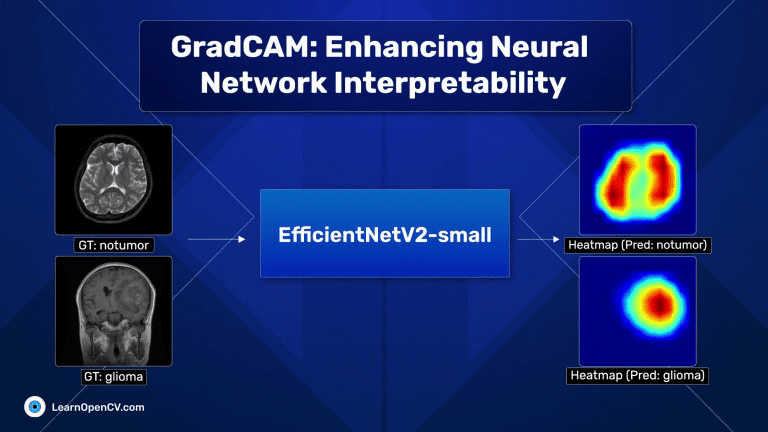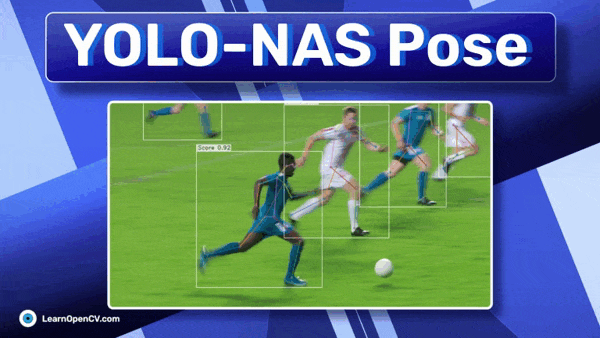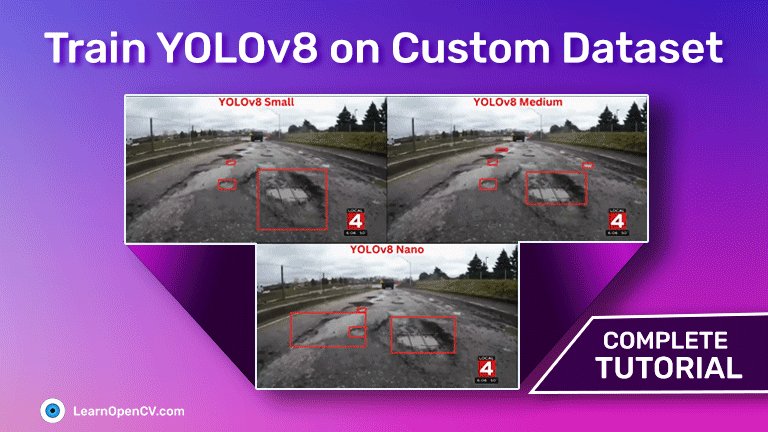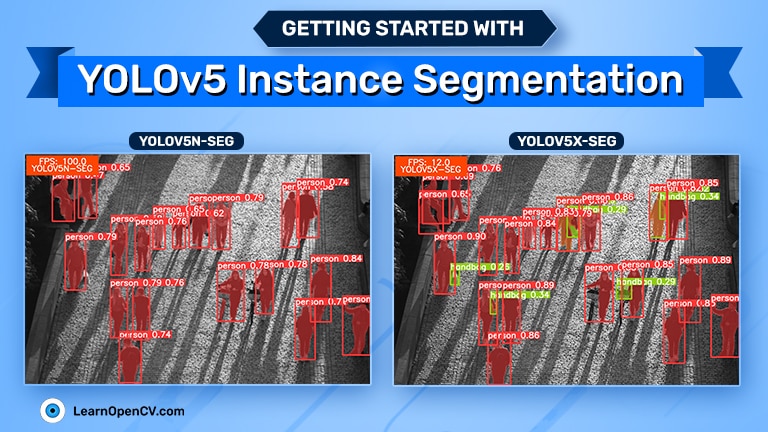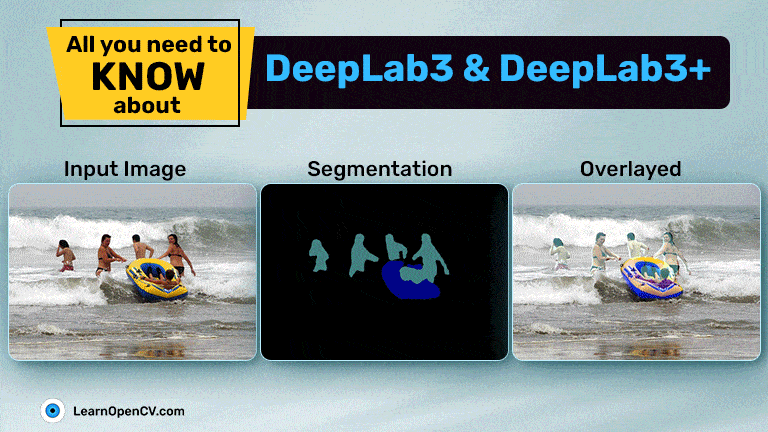With millions of trainable parameters, neural networks have long been considered black boxes. They can produce stunning results, and we often accept the output with very little understanding as to why ...
Introducing YOLO-NAS Pose: A Leap in Pose Estimation Technology
YOLO-NAS Pose models is the latest contribution to the field of Pose Estimation. Earlier this year, Deci garnered widespread recognition for its groundbreaking object detection foundation model, ...
Deploying a Deep Learning Model using Hugging Face Spaces and Gradio
In deep learning, training a model is not the final step. Be it image classification or object detection, a deep learning project becomes worthwhile only when it reaches the masses. That's where ...
Train YOLOv8 on Custom Dataset – A Complete Tutorial
Ultralytics recently released the YOLOv8 family of object detection models. These models outperform the previous versions of YOLO models in both speed and accuracy on the COCO dataset. But what about ...
Getting Started with YOLOv5 Instance Segmentation
The YOLOv5 object detection models are well known for their excellent performance and optimized inference speed. Recently, the support for instance segmentation has also been added to the codebase. ...
DeepLabv3 & DeepLabv3+ The Ultimate PyTorch Guide
DeepLab models, first debuted in ICLR ‘14, are a series of deep learning architectures designed to tackle the problem of semantic segmentation. After making iterative refinements through the years, ...


